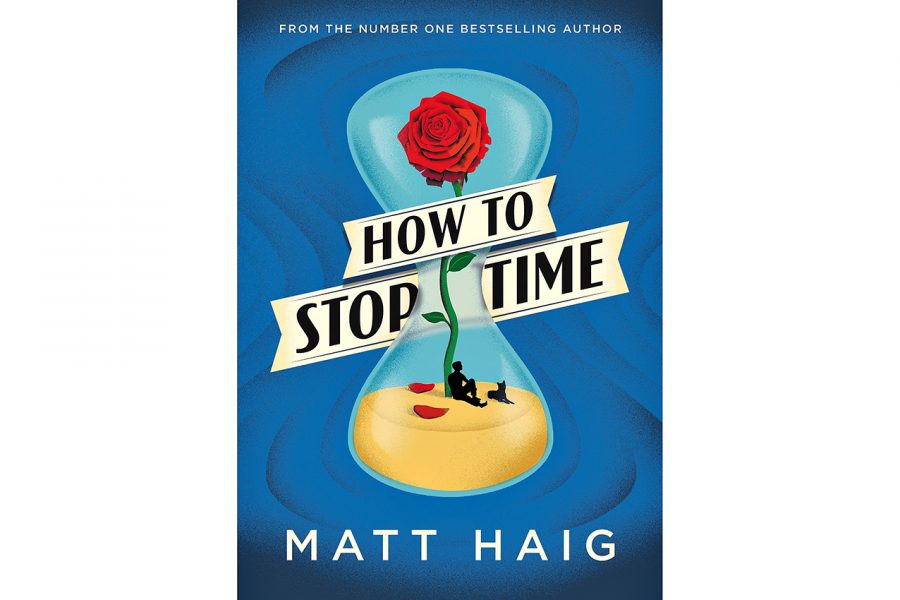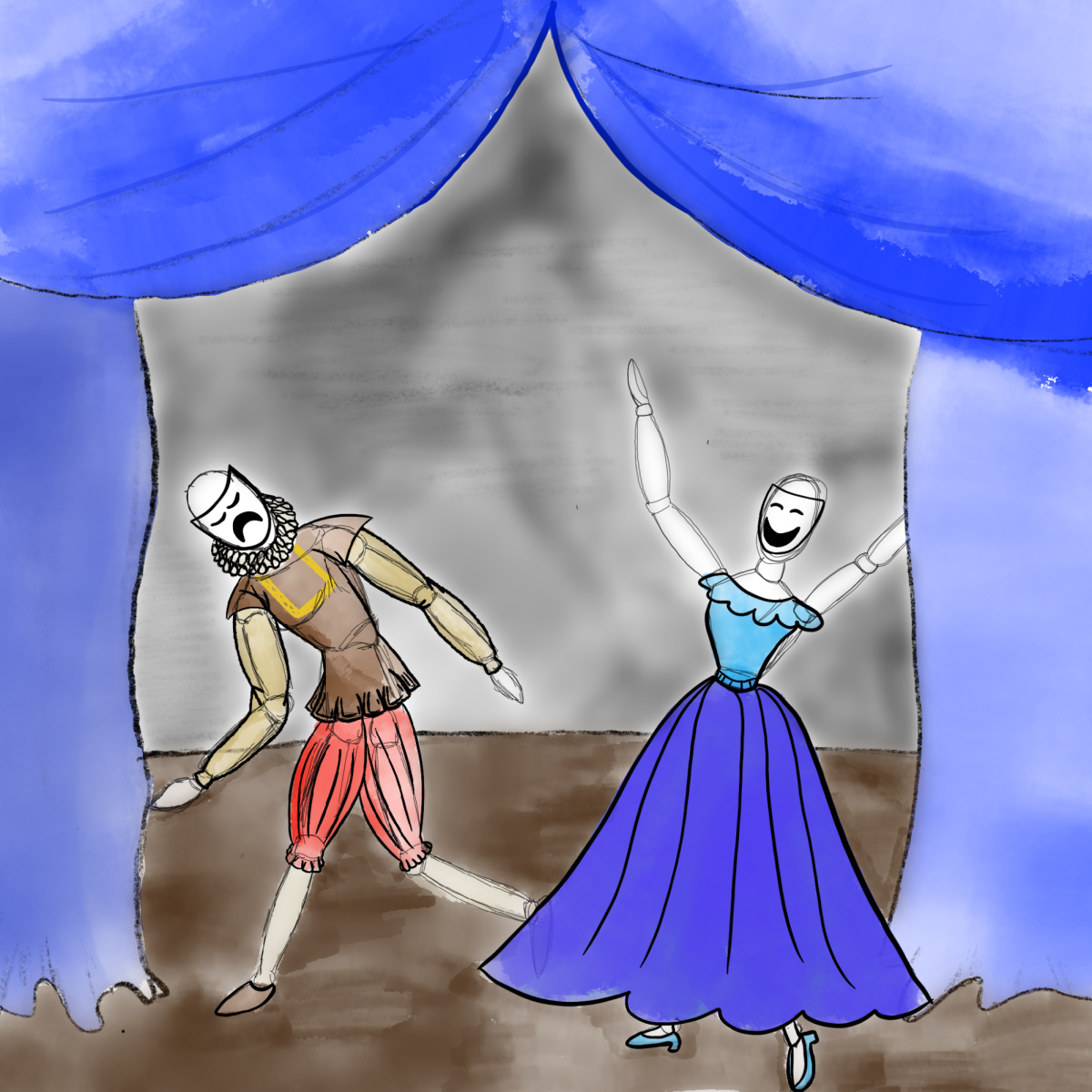At 439 years old, Tom Hazard is older than America, and just like everyone else, he’s trying to figure out what it means to be alive.
Hazard is the hero of Matt Haig’s “How to Stop Time.” He suffers from a rare genetic condition that causes him to age incredibly slowly. The novel chronicles his life as he goes from lute player to high school history teacher throughout the centuries. Along the way, he constantly asks the question: What makes a life so long worth living?
Haig’s book follows in the footsteps of novels like “The Time Traveler’s Wife” and “Benjamin Button,” in which the protagonist finds himself suffering medical conditions that affect his age. Where “How to Stop Time” differs, though, is in its overly-imaginative account of Hazard’s life.
Haig depicts Hazard’s present day life with entertaining (albeit not entirely believable) interludes of his past set during Elizabethan England, industrialization, the Roaring 20s, hundreds of wars and the European discovery of far and foreign lands. While Haig doesn’t romanticize the past, he does, in some instances, make it a touch too fanciful, having Tom randomly bump into the likes of Shakespeare, F. Scott Fitzgerald and Captain James Cook. While the encounters are entertaining, they come off as too stylized and pull the reader out of an otherwise convincing story.
Throughout his life, Hazard never quite comes off as a happy character, and it’s clear he has become more reserved and thoughtful as time has gone on.
Haig refers to this novel as the spiritual sequel to his “Reasons to Stay Alive,” a memoir about his life with major depressive disorder, explaining that with MDD it often feels as though time has slowed down. Haig’s reference becomes clear in Tom’s brief excerpts in which he describes the realities of his long life in a way that could be easily applied to someone living with a mental illness.
While the story occasionally falls flat, these excerpts are refreshing and eloquently written; Haig writes anguish like no other. But Hazard’s eloquent musings on life are met with choppy dialogue, as if he is trying to get past the interactions as quickly as possible.
Hazard’s interactions with other characters were at times cringe-worthy and lacking in emotion. While Haig has thoroughly worked through Hazard’s feelings, we never get a real sense of what any of the other characters feel or even who they are outside of Hazard’s life.
“How to Stop Time” also seems a bit lacking in plot. There is no real change in Hazard’s life or the story until the last 40 pages of the book, when Haig throws plot twists at you, such as betrayal, reunion, violent death and a two-year time jump. It all happens so quickly and without explanation that it feels like a disjointed piece of bad fan fiction. The ending of the book leaves you feeling like Haig dumped a bunch of random events into your hands and then ran off. A majority of the elements crammed into the end of the book could have been better explained and allowed more time to breathe.
Haig creates a very well thought-out character but saddles him with a poorly-written plot. Had some of the randomly-thrown in action been pulled back and the insightfulness of Tom been allowed to truly shine, this book would have been far better off. In the end, Haig’s poorly crafted-background outshines his wonderfully written main character.
- Page count: 336
- Rating: 2/5















